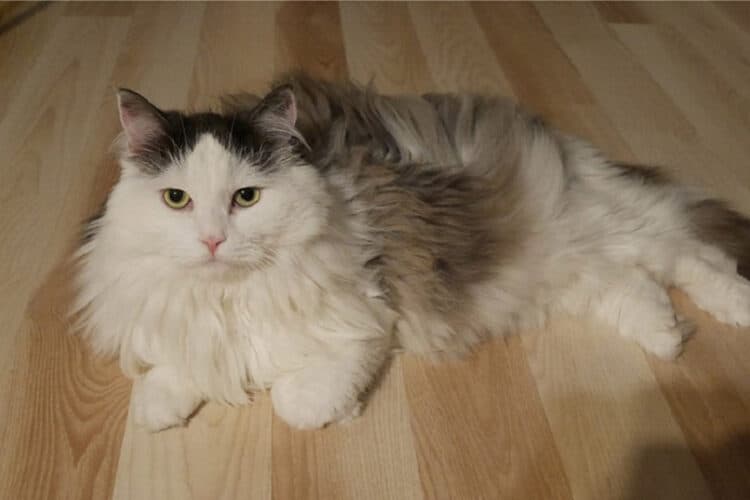Introduction
Did you know there’s really no such thing as a hypoallergenic cat? Humans who suffer from cat allergies are actually allergic to a protein called Fel-d1. This chemical is found in a feline’s saliva, dander, and urine—not directly from their fur. Though they have medium-long hair and actually molt twice a year, the Siberian cat is considered to be one of the best cats for allergy sufferers despite not being completely hypoallergenic because of its low production of Fel-d1.
Why Some Cats Are Labeled Hypoallergenic
Despite popular belief, cats trigger human allergies by a protein called Fel-d1, not because of their tufts of floating fur. While cat hair might cause sneezing if it gets up your nose, the fur is more of an allergen carrier than an actual allergen itself. When cats bathe themselves, their saliva gets smeared into their fur, which spreads the Fel-d1 protein.
Hairless cats like the Sphynx are considered more allergy-friendly because you can bathe them. Also, if your cat doesn’t have fur, it can’t carry as many other allergens such as dust and pollen like cats with fur can.
Of course, no cat will ever be completely hypoallergenic because they will still have some levels of Fel-d1 in their dander, urine, and saliva.
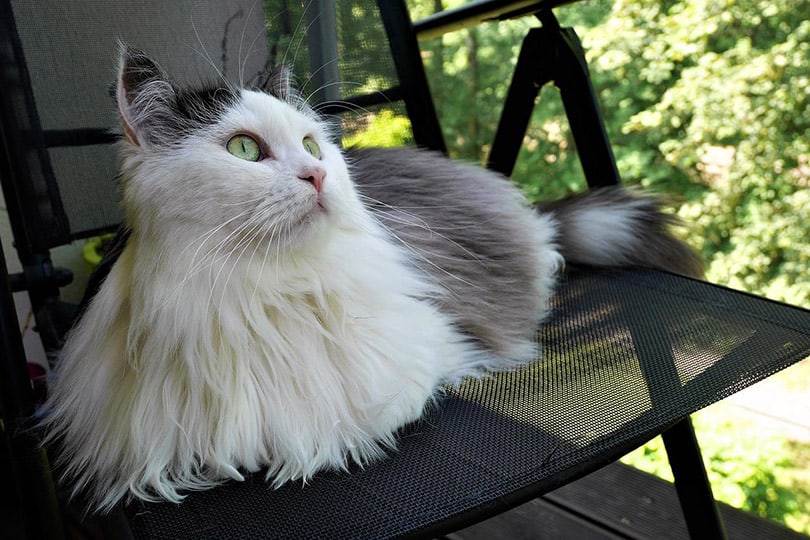
Why the Siberian Might Be a Good Fit For Someone Who Suffers From Cat Allergies.
The Siberian’s thick, soft fur might trigger anxiety about allergies, but this cat breed actually produces low amounts of the Fel-d1 protein that causes cat allergies. Because of its long hair, this cat does shed a lot. Yet despite its bi-annual molting, the Siberian is still considered one of the most allergy-friendly cats.
Siberians come in a variety of colors and tend to be playful and affectionate, making them a versatile family choice. Unfortunately, they’re pretty rare and fairly expensive in the United States, typically ranging from $1,200 to $4,000.
This is because they’re considered a new breed in the US. Though they’ve existed in Russia for over 1,000 years, the first known Siberian cat in the US was introduced in 1990 through a cat breeder in Louisiana.
Other Allergy-Friendly Cats
Choosing a hairless cat sometimes helps allergies because there’s less fur to spread the allergen. This happens when cats bathe themselves, but since all cats clean themselves with their saliva, it’s impossible to completely avoid the allergen and be around cats.
If you’re allergic to cats, whether or not you can adopt one depends on the severity of your allergy. Some people who are only mildly allergic do well with cats in their home, others not so much. Your allergic response may also change over time. It’s very common for allergies to reverse one way or another past childhood. People who were allergic to cats as a child may not be as an adult, and vice versa.
If you want to adopt a cat, but you’re worried about the allergies, consider adopting an outdoor cat or picking a “hypoallergenic” breed. While no cat is truly allergen free, here are the top 4 cat breeds that seem to be the best fit for people who suffer from allergies:
1. Siberian

If you want a long-haired cat, this could be the one for you—just be prepared for daily brushing, especially around molting seasons in the fall and spring.
2. Sphynx
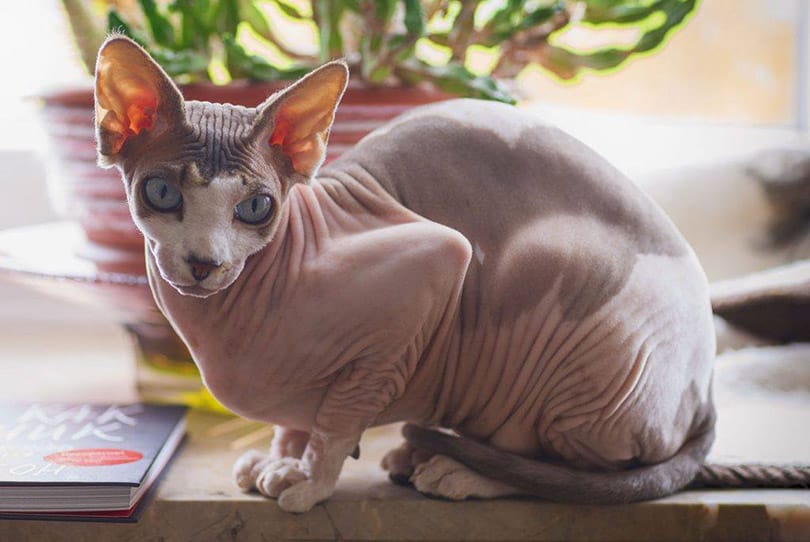
Hairless and coveted, the Sphynx costs between $2,000 to $5,000. The Sphynx is one of the most expensive cat breeds in the world. Because of this, you probably won’t find one in the shelter unless it has health issues, and you will probably have to find a breeder instead. Beware of cat scammers who might list this cat for insanely cheap prices, then take your money and run.
3. Cornish Rex
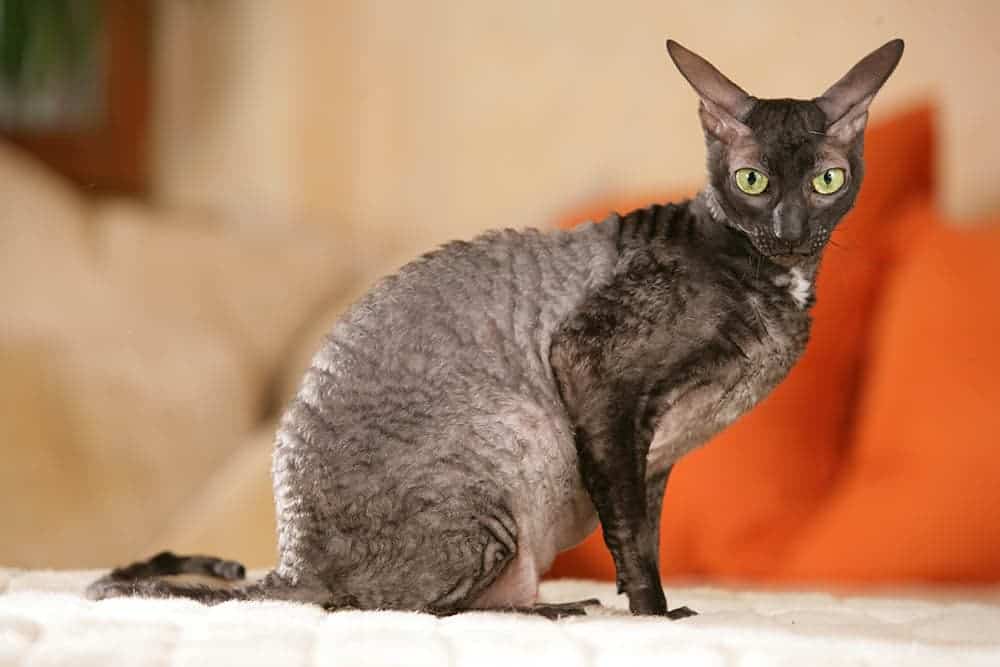
This breed is relatively new, hailing from Cornwall, England during the mid-20th century. The Cornish Rex features tight, curly hair that looks like a poodle’s fur, which is why it doesn’t shed much. You might find a Cornish Rex in the shelter, or you should look to pay between $800-$1,300 for a purebred.
4. Balinese
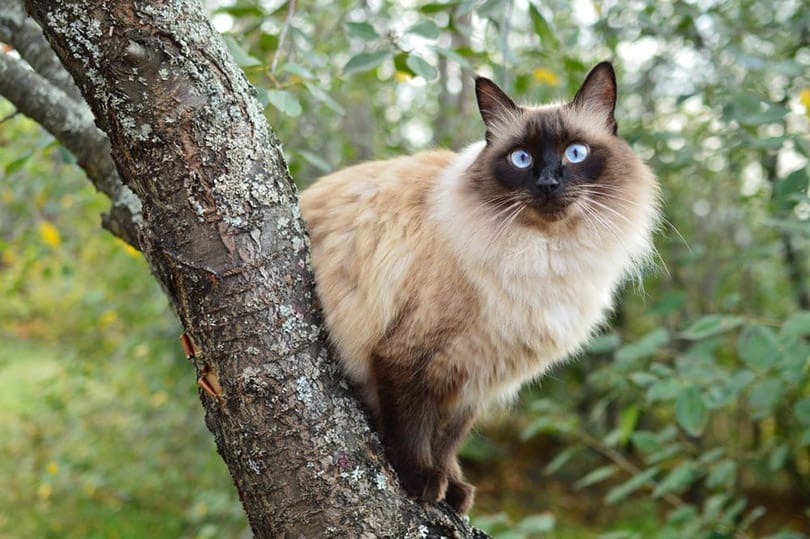
Like the Siberian, the Balinese creates low amounts of the fel-d1 protein, despite its long hair. The Balinese are actually relatives of the Siamese that developed longhair but retained the characteristic facial masking. You can expect to pay between $200-$1,000 for a Balinese kitten, making them one of the most affordable hypoallergenic options.
Conclusion
Though cat allergies aren’t completely unavoidable, breeds like the Siberian might be a good choice for people with mild symptoms. If you have cat allergies, see if you can spend some time with the cat of your choice before you bring them home.
Featured Image Credit: Pixabay


